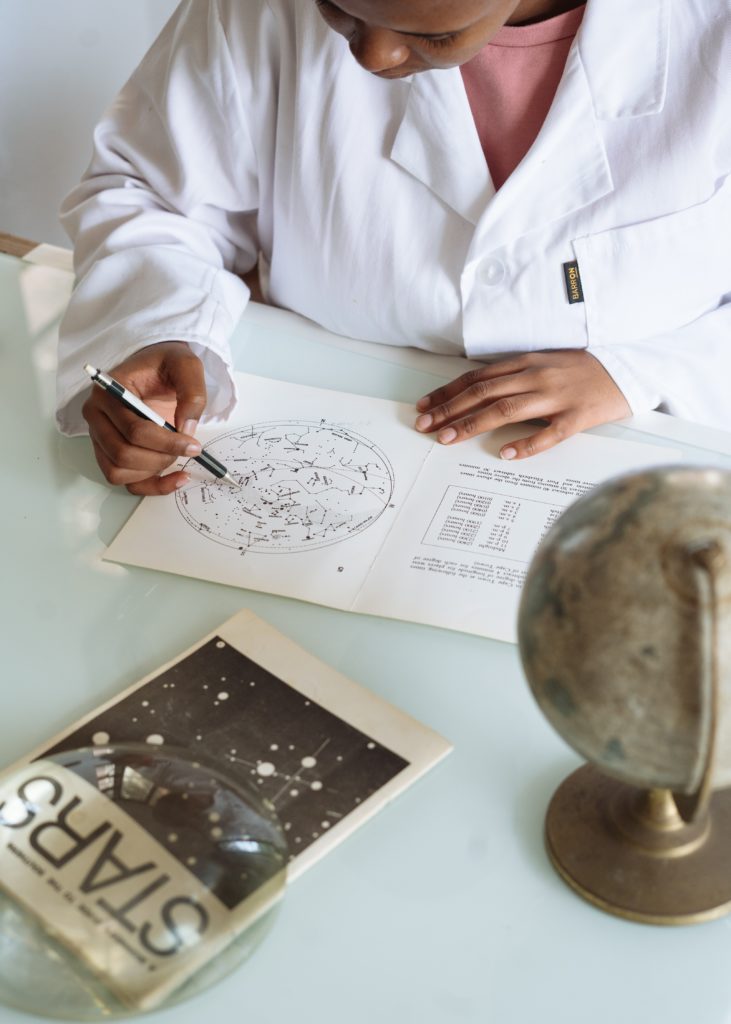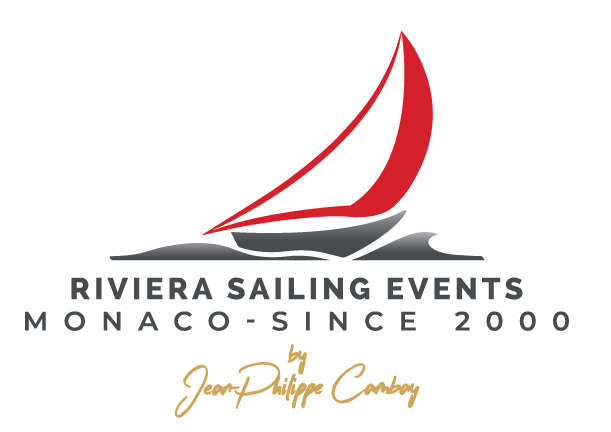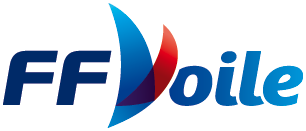
Get rid of all the modern and sofisticated tools and find the GPS inside of you. Remember that as part of Human Kind, we live in a natural environment and we can locate ourselves in time and space only checking the sun, studying where shades are, looking at stars and undestanding tides. Humans, over the centuries, evolved and tried to develop always new instruments to navigate.

In 1730, John Hadley, an English mathematician, invented the Sextant, a very important instrument that allows angles to be measured with very high accuracy up to 1′ of angle using the natural horizon as a reference, so it doesn’t matter if the boat is pitching.
The second great invention that improved drastically astronomical navigation was coming from the American Captain Thomas Hubbard Sumner. He “discovered” the line of position or circle of equal altitude, which he named “parallel of equal altitude”. In 1837, as he was nearing the coast of Wales, he was uncertain of his position after several days of cloudy weather and no sights. A momentary opening in the clouds allowed him to take a sight of the sun which he reduced with his estimated latitude. Measuring the longitude depended on knowing the latitude accurately. Being uncertain about the latitude he reduced the sight again using 10′ greater and 20′ greater latitude, plotted the longitude for each one, and he observed that all three resulting positions were located in a straight line. He reasoned that he must be located somewhere along that line and so he set course along that line reasoning that he should eventually sight the light which, in fact he did. He realized that a single observation of the altitude of a celestial body determines the position of a line somewhere on which the observer is located.
Jean-Philippe Cambay will be happy to share his deep knowledge and teach you all techinques, instruments from the historical to the most modern ones. You will learn the basics of astronomical navigation with a theoretical course indoors and then a practical course at the sea where you will practice the sextant readings to draw the “circle of equal altitude” and possibly a meridian. You will start to feel part of the natural enviroment, get back to the real explorer in you and if you would like to know more, Jean Philippe will take you to the next level: reading the sky at night! A real rendez-vous with the stars.
Riviera Sailing Events’ instructors are going to teach you sailing according to your expectations and your objective of progress. Each training course guarantees a certified pedagogical approach including theory and sailing practice followed by debriefing.
We will study what is happening in the atmosphere and the physical processes that shape the weather. By studying meteorology, you will get acquainted with the sources of weather forecast for yachtsmen, learn how to interpret them correctly, and more.
The boat license is valid throughout the European Union and allows you to drive small boats up to 20 meters long, without limitation on engine power, with up to 12 people on board. Our team can help you with getting your license – enquire today.

